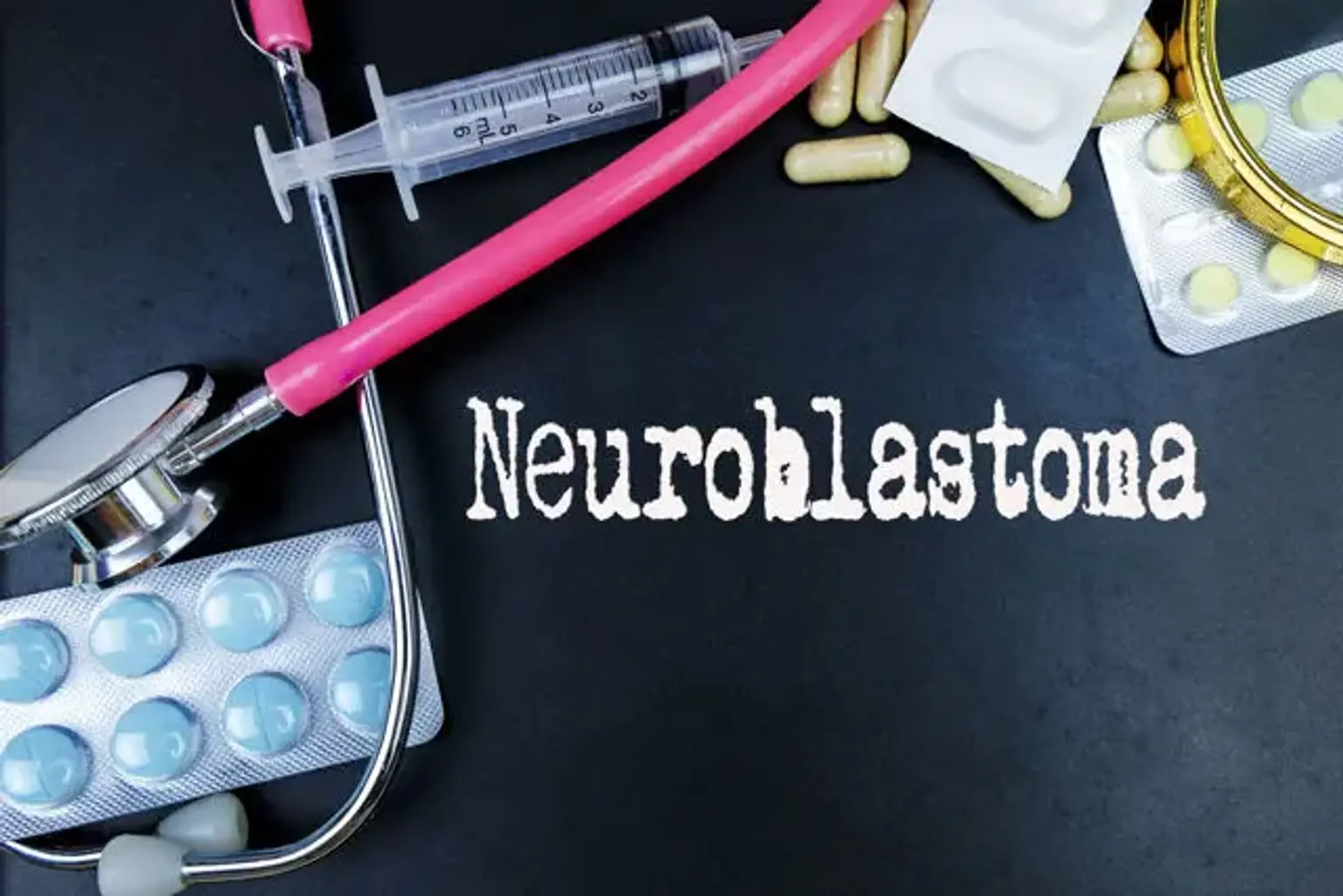Neuroblastoma
Overview
Neuroblastoma is a tumor that begins in the early nerve cells known as neuroblasts. Normally, these immature nerve cells develop into functioning nerve cells. However, in neuroblastoma, they develop uncontrolled and transform into cancer cells, forming a solid tumor.
Neuroblastoma begins in the adrenal gland tissue. These triangle glands, which lie on top of the kidneys, produce hormones that regulate heart rate, blood pressure, and other vital physiological processes. Neuroblastoma can also begin in other parts of the body containing clusters of nerve cells, such as the abdomen, chest, or neck. Cancer can travel via the blood and begin to metastasis in other regions of the body, including the lymph nodes, bones, lungs, and liver.
